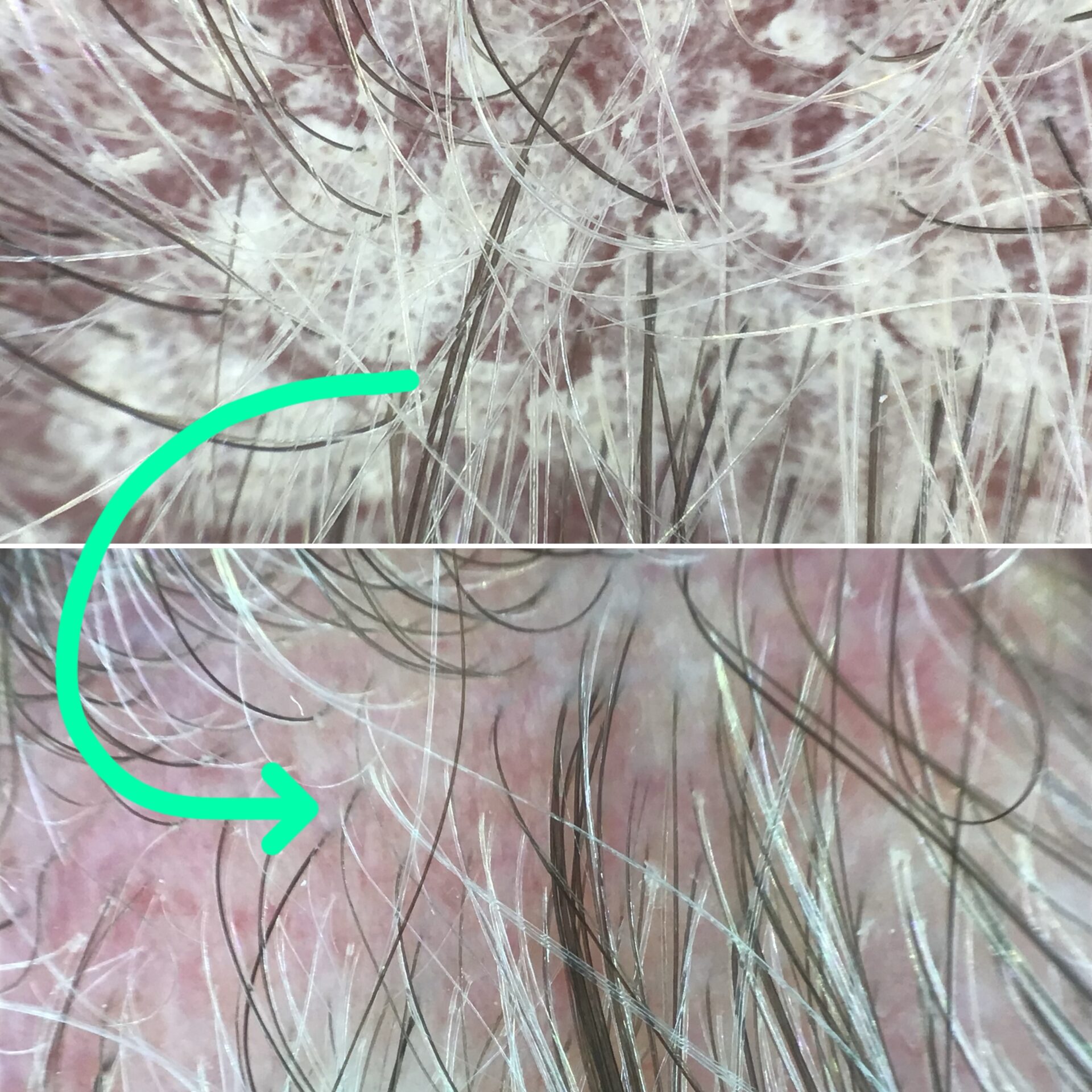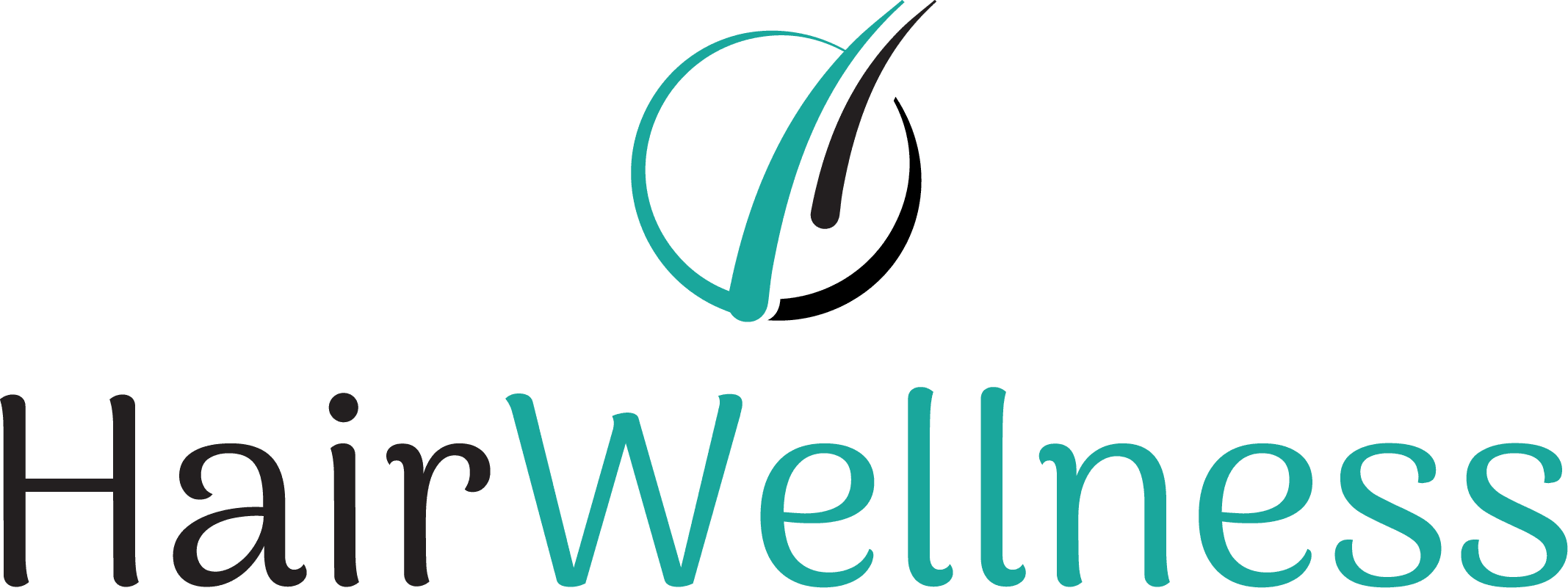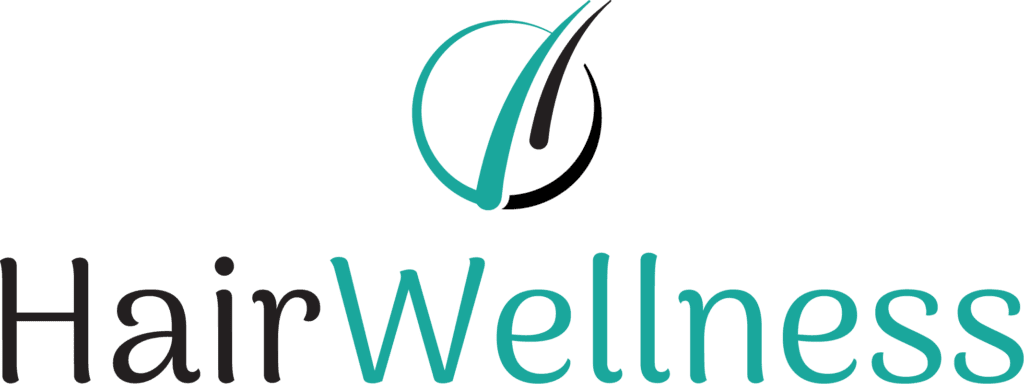
The Scalp as a Reflection of Internal Health
The scalp is not an isolated surface; it’s an extension of the skin and a reflection of systemic health. When conditions like seborrheic dermatitis, dandruff, eczema, or scalp psoriasis appear, they often point to deeper issues within the gut, immune, or detoxification systems.
Symptoms such as itching, flaking, redness, oiliness, or irritation are surface expressions of an internal imbalance. When left unaddressed, chronic scalp inflammation can lead to follicular dysfunction, miniaturization, and eventually hair loss.
Functional Medicine Perspective: Root Cause of Scalp Disorders
Functional medicine focuses on identifying what’s disrupting the body’s normal function. Scalp conditions are often manifestations of chronic inflammation, microbial imbalance, or poor detox capacity. Common contributing factors include:
1. Gut–Skin–Scalp Axis Disruption
The gut and scalp are connected through the immune system. Intestinal permeability (“leaky gut”) allows endotoxins and undigested food particles to trigger immune responses that affect the skin and scalp barrier.
- Dysbiosis (microbial imbalance) can upregulate inflammatory cytokines and worsen seborrheic or psoriatic symptoms.
2. Fungal and Yeast Overgrowth
Conditions like seborrheic dermatitis are associated with Malassezia, a lipid-dependent yeast that thrives in oily environments. Overgrowth is often secondary to immune dysfunction and poor liver detoxification.
- Functional blood analysis often reveals elevated inflammatory markers, low zinc, impaired bile flow, or sugar dysregulation, factors that promote yeast overgrowth.
3. Nutrient Deficiencies
Scalp integrity relies on optimal levels of zinc, vitamin A, vitamin D, omega-3 fatty acids, and antioxidants (like glutathione). Deficiencies impair tissue repair and immune regulation.
4. Toxic Load and Liver Burden
A sluggish liver or impaired bile flow increases systemic burden. The body may use the skin—including the scalp—as a secondary detox pathway, leading to inflammation, buildup, and flaking.
Internal Protocol: Healing the Terrain
Addressing the body’s terrain is essential for long-term resolution of scalp conditions. The functional approach includes:
- Restoring gut barrier function with L-glutamine, zinc carnosine, and fermented foods.
- Balancing the microbiome using antifungal botanicals like oregano oil, berberine, and garlic, while replenishing beneficial strains through spore-based probiotics.
- Supporting liver detoxification using milk thistle, dandelion root, and binders like activated charcoal.
- Optimizing nutrient status with targeted supplementation and whole food dietary changes.
- Reducing systemic inflammation using omega-3s, curcumin, and glutathione precursors (e.g., NAC).
Each plan is personalized based on lab data, symptom history, and the timeline of onset.
Trichology Protocol: Rebuilding the Scalp Barrier and Microbiome
Scalp inflammation often stems from microbial imbalance, barrier disruption, and trans epidermal water loss. The goal of trichological care in these cases is to restore microbial balance, reduce irritation, and fortify the scalp barrier against further damage.
Our tailored plan includes:
- Scalp detoxification treatment applied as a diluted foam to reduce biofilm and yeast overgrowth, particularly Malassezia species common in seborrheic dermatitis.
- Ozone therapy to disinfect the scalp gently, break down biofilm, and enhance oxygen flow without stripping lipids.
- Cell Food Drops to support cellular integrity and scalp barrier regeneration by enhancing the uptake of sulfur compounds and antioxidants directly at the follicle level.
- Antifungal and antimicrobial essential oil blend using oregano, thyme, tea tree, clove, and lavender, applied in a rotating pattern to avoid skin sensitization.
- Weekly clay mask treatment using Seatox Clay to absorb excess sebum, calm irritation, and help pull residual toxins from the scalp in highly inflamed cases.
- Topical inflammation tracking: Clients are encouraged to document symptom changes with photos and journal entries. This helps track flaring patterns and modify protocols accordingly.
Clinical Results: Reduction of Inflammation and Stabilization of Hair Loss
Clients dealing with chronic flaking, itching, and inflammation often see scalp improvement within 4-6 weeks of consistent protocol use. Hair shedding slows down, tenderness subsides, and the follicular environment becomes more supportive of healthy growth.
For professionals, tracking scalp inflammation through regular imaging or trichoscopy allows you to monitor response to both internal and external treatment. Long-term resolution depends on both local care and internal systemic support.
Closing Reflection
Scalp conditions are not skin-deep; they reflect internal imbalance and immune stress. The functional trichology model recognizes that healthy hair begins with a healthy scalp, and a healthy scalp starts with a well-regulated internal ecosystem.
By working from the inside out, nourishing the body, supporting detox pathways, and using targeted topical therapies, we can move beyond symptom management and toward true healing.

